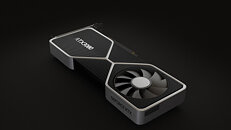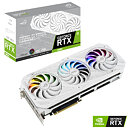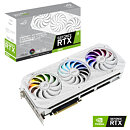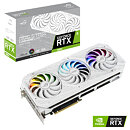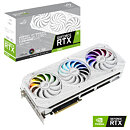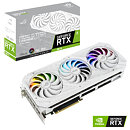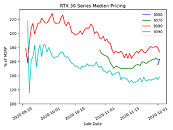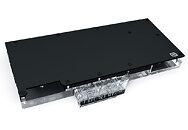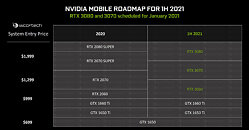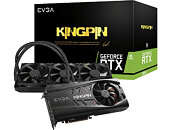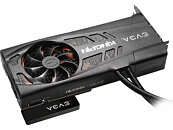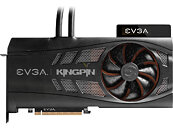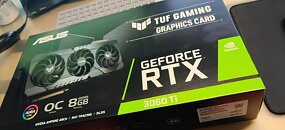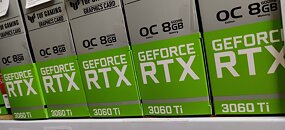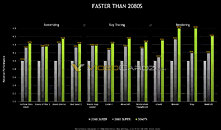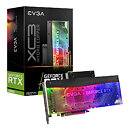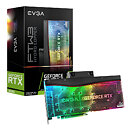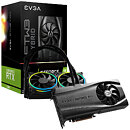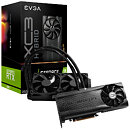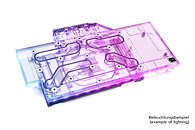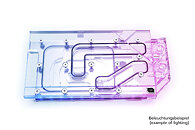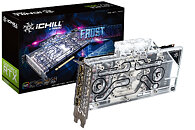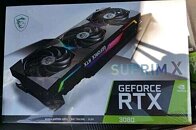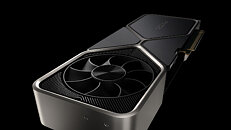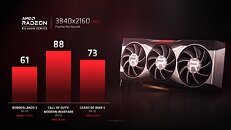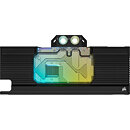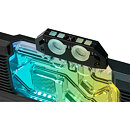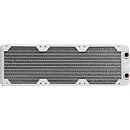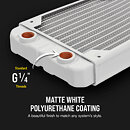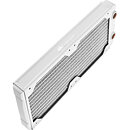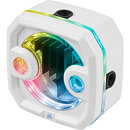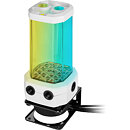
Lenovo Confirms Various Upcoming GeForce RTX 30-series SKUs
Lenovo may have inadvertently disclosed the existence of several upcoming GeForce RTX 30-series graphics cards. The Product Specifications Reference (PSREF) document for a certain Lenovo pre-built gaming desktop model, the Legion R5 28IMB05, lists out all its possible hardware options, covering CPU, graphics cards, and storage. The CPU options cover 10th Gen Core "Comet Lake-S" models that are already out; but things get interesting with the list of graphics options. In addition to certain RTX 20-series, and GTX 16-series SKUs, the list mentions certain RTX 30-series SKUs that haven't yet been announced by NVIDIA.
Among these unreleased GPUs are the GeForce RTX 3050, which is shown featuring 4 GB of GDDR6 memory; the GeForce RTX 3050 Ti with 6 GB of it; and the GeForce RTX 3060 (non-Ti) with 12 GB of it. The already-launched RTX 3070 also finds mention here. It's likely that these are OEM-exclusive SKUs, but if they're not, then we have our first look at how NVIDIA is handling product segmentation between the RTX 3050 Ti and the RTX 3060 (non-Ti), in a possible bid to avoid a repeat of the GTX 1060 3 GB vs. 6 GB confusion (where besides memory, the two SKUs also had different core-configurations). Based on the GA106 silicon, the GeForce RTX 3060 (non-Ti) is expected to feature a 192-bit wide GDDR6 memory interface, which it populates with 12 GB of memory.
Among these unreleased GPUs are the GeForce RTX 3050, which is shown featuring 4 GB of GDDR6 memory; the GeForce RTX 3050 Ti with 6 GB of it; and the GeForce RTX 3060 (non-Ti) with 12 GB of it. The already-launched RTX 3070 also finds mention here. It's likely that these are OEM-exclusive SKUs, but if they're not, then we have our first look at how NVIDIA is handling product segmentation between the RTX 3050 Ti and the RTX 3060 (non-Ti), in a possible bid to avoid a repeat of the GTX 1060 3 GB vs. 6 GB confusion (where besides memory, the two SKUs also had different core-configurations). Based on the GA106 silicon, the GeForce RTX 3060 (non-Ti) is expected to feature a 192-bit wide GDDR6 memory interface, which it populates with 12 GB of memory.










